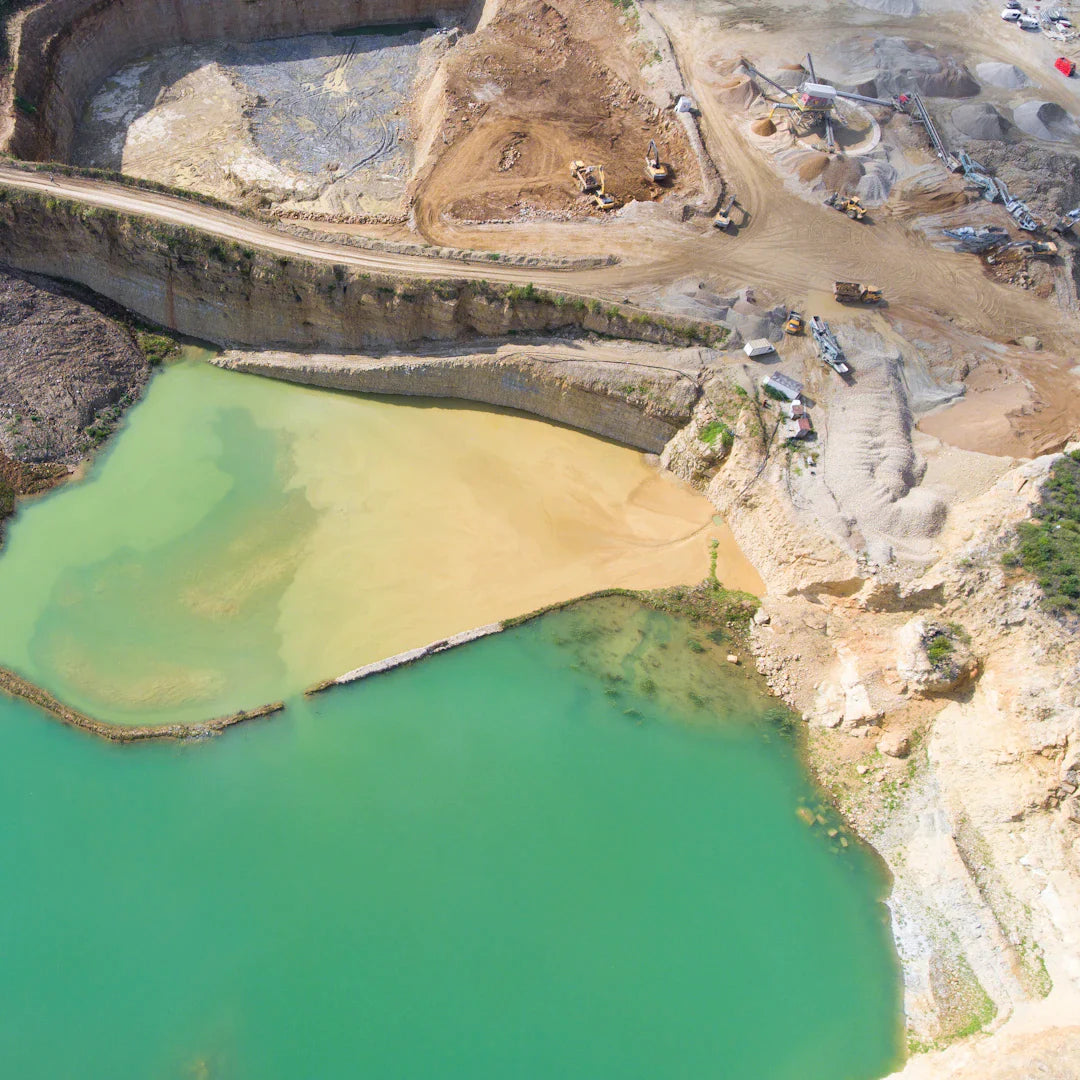Frequently Asked Questions
1. What are the environmental impacts of emerald mining?
2. How does emerald mining affect local communities?
3. What are some sustainable practices in emerald mining?
4. Why is it important to research the source of emeralds before purchasing?
5. How can consumers support ethical emerald mining?
Emerald mining is a practice that has captivated gem enthusiasts and jewelry lovers for centuries. Among the many types of gemstones, emeralds are renowned for their radiant green hues and stunning appearances, particularly in pieces like emerald rings. However, what often gets overshadowed in the glitz and glamour of these beautiful stones is the environmental impact of emerald mining. Understanding this impact is crucial for consumers and jewelers alike. In this article, we will delve into the various aspects of emerald mining, explore its ecological ramifications, and discuss sustainable practices that can mitigate its effects.
The Charm of Emeralds
Emeralds are not only central to various cultural narratives but hold significant monetary value as well. This allure has led to an exponential increase in the demand for emeralds, including in the luxury jewelry market with pieces like emerald rings. Their captivating beauty can sometimes cause a jarring disconnect from the environmental costs associated with their extraction.
The Process of Emerald Mining
Emerald mining typically involves several stages, each presenting unique challenges and considerations for the environment:
Exploration
The first step in the emerald mining process is exploration. Companies invest significant resources in geological surveys to identify areas rich in emerald deposits. This phase can disturb wildlife habitats and soil integrity, leading to long-term ecological damage.
Extraction
Once locations are identified, extraction can begin. While some methods are less harmful, others involve profound environmental degradation:
- Open-pit mining: This is one of the most common methods which involves removing vast amounts of topsoil and subsoil to access emerald deposits. It dramatically alters landscapes and can lead to deforestation.
- Underground mining: Though less invasive to the surface, it also poses risks, such as ground instability, which can lead to sinkholes and the collapse of ecosystems.
- Artisanal mining: Often done by local miners, this method is less mechanized but can still cause environmental issues such as soil erosion and water contamination due to the use of toxic chemicals.
Processing
After extraction, emeralds go through a processing stage where they are cut and polished. This process can involve harmful chemicals that create environmental waste. Additionally, if not managed properly, runoff from these operations can contaminate local waterways, affecting both wildlife and communities nearby.
The Ecological Footprint of Emerald Mining
The ecological impact of emerald mining cannot be overstated. Here are some key areas of concern:
Deforestation
Emerald mining often leads to deforestation, which impacts biodiversity. The loss of trees and plants not only disrupts local ecosystems but also contributes to global climate change by reducing the number of trees that can absorb carbon dioxide.
Water Pollution
The use of chemicals during processing, coupled with sediment runoff from mining sites, can pollute local water bodies. This pollution threatens aquatic life and can also compromise drinking water sources for communities.
Soil Erosion
Removal of vegetation during mining operations can lead to soil erosion. This not only degrades land, making it unsuitable for agriculture but also contributes to the silting of rivers and streams.
Social Implications of Emerald Mining
Emerald mining also has several social ramifications that should be recognized:
Local Communities
While mining can provide employment opportunities, it often comes with significant drawbacks. Local communities may face displacement without proper compensation, loss of access to water resources, and long-term health risks associated with pollution.
Human Rights Concerns
In certain regions, mining operations have been linked to human rights violations. Workers may face hazardous conditions, low wages, and exploitation, raising ethical questions about the origins of the emeralds adorning beautiful pieces such as emerald rings.
Sustainable Emerald Mining Practices
Despite the adverse effects of emerald mining, there are sustainable practices that can help mitigate environmental damage:
Responsible Mining
Mining companies are increasingly aware of their ecological footprint. Implementing responsible mining practices that minimize deforestation, maintain water quality, and prevent soil erosion can make a considerable difference.
Circular Economy
Encouraging a circular economy in the emerald industry – where old emerald jewelry is recycled or repurposed – can reduce the demand for new mining and lessen overall environmental impact. Consumers can choose to buy vintage or ethical emerald pieces, contributing to a more sustainable market.
Certification Programs
Engaging in certification programs for ethically sourced emeralds can ensure that miners adhere to environmental and social guidelines. Look for certifications that emphasize sustainability when purchasing emeralds, including emerald rings, to support responsible practices.
Making Informed Choices
As consumers become more educated about the environmental impact of emerald mining, there is a greater demand for ethical and sustainable practices in the jewelry industry. Here’s how you can make informed choices:
- Research the Source: Before buying emeralds, investigate where and how they were mined. Reputable retailers provide transparency regarding their sourcing.
- Support Ethical Brands: Patronize jewellers that prioritize sustainability and ethical sourcing. This not only supports environmentally-friendly practices but also encourages more businesses to adopt similar policies.
- Invest in Vintage: Choosing vintage or second-hand emerald pieces can alleviate some pressure on newly mined stones and give beautiful pieces a second life.
The Future of Emerald Mining
Looking toward the future, the emerald mining industry faces a critical crossroads where environmental responsibility must be prioritized. New technologies and methods are emerging that could significantly reduce the environmental impact of mining, and the pressure from consumers calling for transparency and sustainability is louder than ever.
As a community of jewelers, consumers, and environmental advocates comes together, the long-term goal should be to foster a mining culture that respects both the earth and the artisans who work within it. Together, we can enjoy stunning emerald rings and other jewelry while advocating for environmental stewardship.
Shaping a Brighter Future
The onus is on us, the consumers, jewelers, and mining companies, to shape a future where emerald mining and environmental sustainability go hand in hand. With every purchase of responsibly sourced emerald jewelry, especially classic pieces like emerald rings, we can pave the way for a more ethical market. Let’s cultivate a practice of awareness, choice, and, above all, responsibility—ensuring that beauty does not come at the cost of the planet.




Leave a comment
This site is protected by hCaptcha and the hCaptcha Privacy Policy and Terms of Service apply.